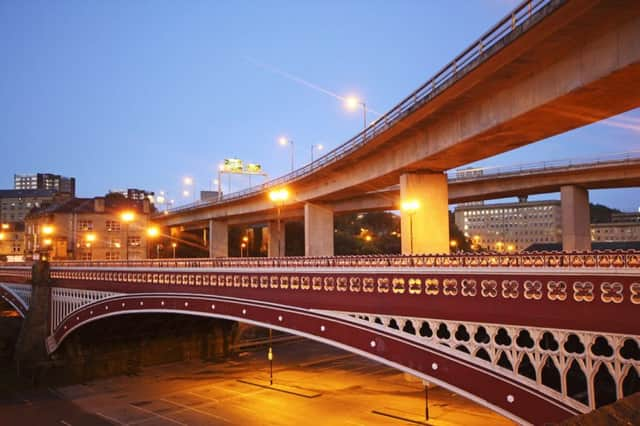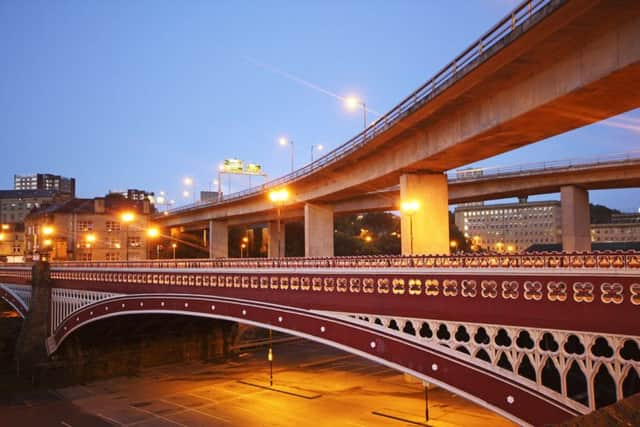Council's aim to slash CO2 output and £4.4m emissions bill


The council is on course to achieve its target of reducing its CO2 emissions by 40 per cent by 2020.
However, it has meant investment into the council ‘CO2 Action Management Plan’ which has already identified how 38% of the required cut can be achieved by 2020 through reducing CO2 emissions from buildings, public lighting and the Council’s transport fleet.
Advertisement
Hide AdAdvertisement
Hide AdEnergy consumption levels are carefully monitored across the council’s estate and action is being taken where ‘hot spots’ have been identified.


The council has used the ‘Re:fit’ framework, a national energy retrofitting framework for the public sector, to procure an energy service company to improve the energy efficiency of its buildings, with the cost being covered by reductions to energy bills.
The energy service company will target 14 council buildings prioritising those with the highest energy costs.
Coun Barry Collins, Calderdale Council’s Cabinet Member for Regeneration and Economic Development said: “We’re in the early stages of setting up the Re:Fit programme and we’re very excited by the potential of each scheme to bring reductions in CO2 emissions, and at the same time achieve significant savings for the Council.
Advertisement
Hide AdAdvertisement
Hide Ad“Initially we’re concentrating on 14 buildings, however in the future we will also be looking at wider opportunities, including exploring the possibility of generating renewable energy on other council owned buildings and land.”


A five year programme to improve public lighting should also help the Council meet its ambitious target.
This project, replacing over 31,000 lanterns and around 10,000 street light columns, is the council’s most significant investment to reduce CO2 emissions and save money.
It is hoped that the rewal of the lighting with energy efficient Light Emitting Diode (LED) technology will reduce the council’s public lighting energy bill by 52%.
It is anticipated that, once completed in 2021, the programme will reduce CO2 emissions by 3,350 tonnes.